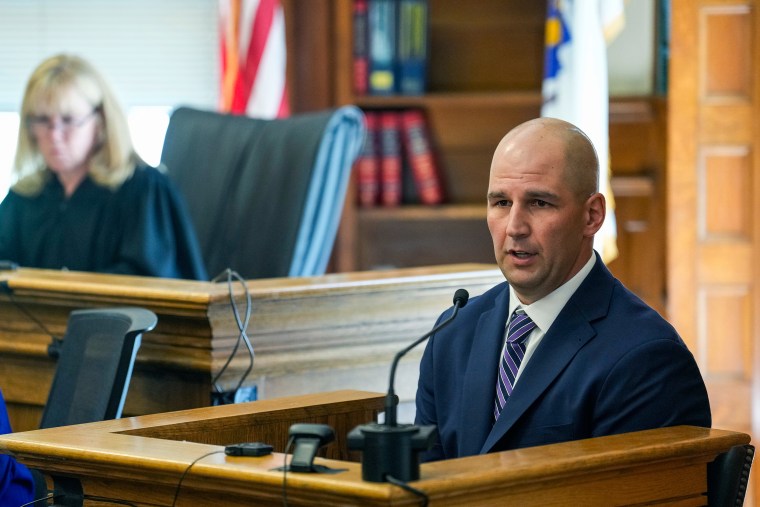Brian Higgins, Karen Read, and the Complexities of a High-Profile Trial
The connection between Brian Higgins and Karen Read has taken center stage during the ongoing trial surrounding the death of Boston police officer John O’Keefe. This deeply scrutinized case raises questions about law enforcement practices, unclear motives, and shifting narratives. In this article, we examine how their relationship and communication have influenced the direction of the trial, bringing new details and debate to light.

Courtroom evidence related to Brian Higgins and Karen Read as displayed during the trial.
The Background: Who Are Brian Higgins and Karen Read?
Brian Higgins, a federal officer, and Karen Read, the defendant in the murder case, became focal points due to their extensive private communications. Read stands accused of second-degree murder, charged with striking her boyfriend John O’Keefe with her SUV outside a party in Canton, Massachusetts. Throughout the proceedings, her defense has argued that she's being framed as part of a wider law enforcement conspiracy, possibly implicating others present that night, including Higgins.
The Role of Text Messages in the Trial
The exchange of text messages between Brian Higgins and Karen Read has transformed public perception of the case. Recently, Massachusetts State Police Sgt. Yuri Bukhenik read aloud an extensive set of their texts in court. The messages revealed flirtation, personal grievances, and hints of a complicated relationship. Notably, some of these conversations occurred shortly before O’Keefe’s death, drawing attention to Higgins’ role in the evening’s events.
According to detailed trial coverage by NBC Boston, jurors were visibly engaged as these texts appeared on screen. The thread contained invitations, allusions to a kiss, and Read’s suspicions of John O’Keefe cheating on her. Higgins reportedly texted "You're hot," with Read responding in kind. At crucial moments, including the hours surrounding O’Keefe’s death, the timing and content of these texts were closely analyzed.
Key Trial Testimony and Investigative Gaps
Sgt. Bukhenik's testimony also addressed criticisms regarding the police investigation’s handling of evidence. For example, while Higgins provided text screenshots, no forensic extraction was performed on his phone. The defense raised doubts about the accuracy and completeness of the data, suggesting possible oversights or intentional omissions. Further details—like the rehoming of the Alberts’ dog and alleged destruction of a witness’s phone—added to ongoing questions.
For more on the complications and law enforcement conduct in this case, review NBC News’ report on internal police discipline and investigative challenges. The article examines how former Trooper Michael Proctor’s handling of evidence became a flashpoint, with the defense alleging bias and the prosecution defending the integrity of the investigation.
Inconsistencies and the Defense’s Strategy
The focus on Brian Higgins and Karen Read extends beyond their personal messages. Texts from Higgins to both Read and O’Keefe, gaps in phone records, and witness statements have surfaced as possible evidence of events leading up to the tragedy. Read’s defense team has pressed investigators on why some reports were written or amended long after the relevant events and challenged the reliability of official timelines.
A comprehensive summary of the day’s testimony and pivotal courtroom moments can be found in The Boston Globe’s live coverage of the Karen Read retrial, which recaps everything from evidence collection to attorney strategies.
Summary: Why the Higgins-Read Connection Matters
The trial’s outcome may hinge on how jurors interpret the relationship between Brian Higgins and Karen Read and the transparency of their communications. Each new detail—whether drawn from flirtatious texts or contested evidence—adds complexity to an already controversial case. As the trial continues, all eyes remain on how these connections shape the search for truth and justice.
Stay updated on further developments as the legal process unfolds, and review trusted sources closely for the most accurate, unbiased coverage available.